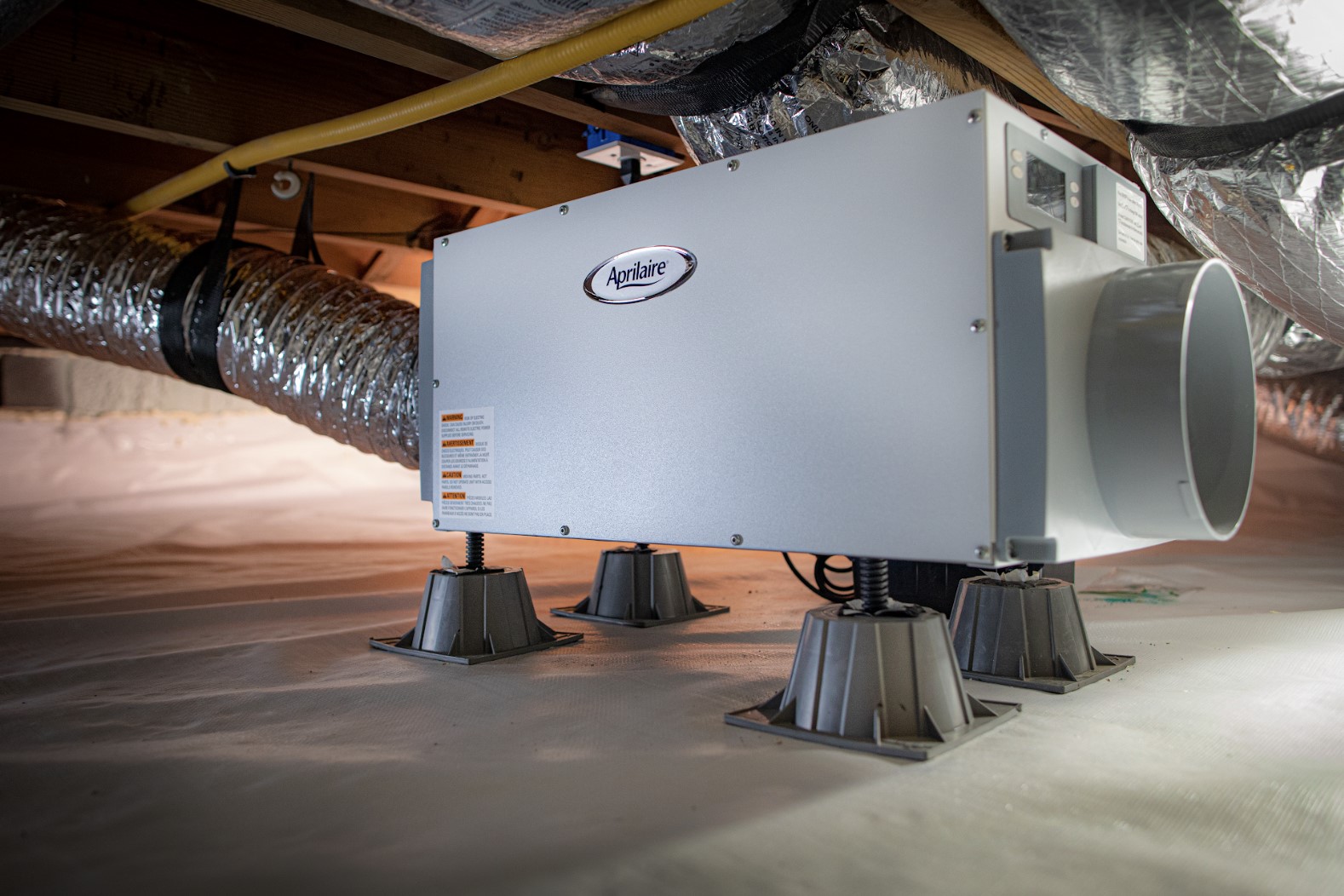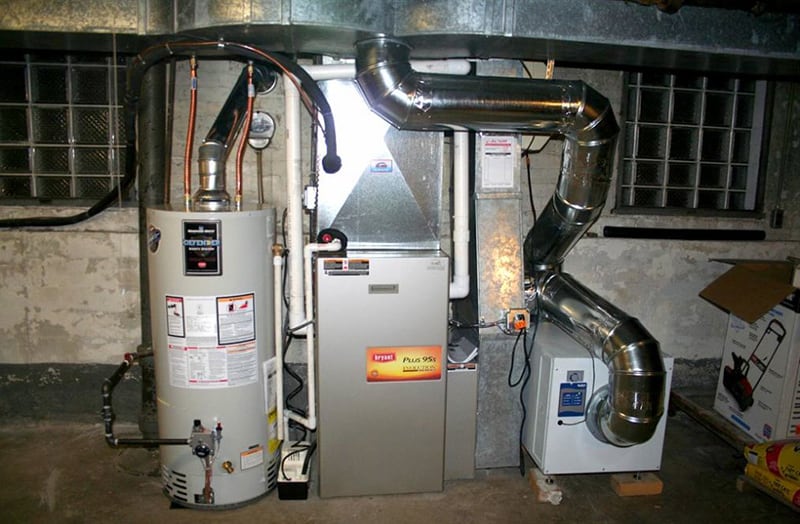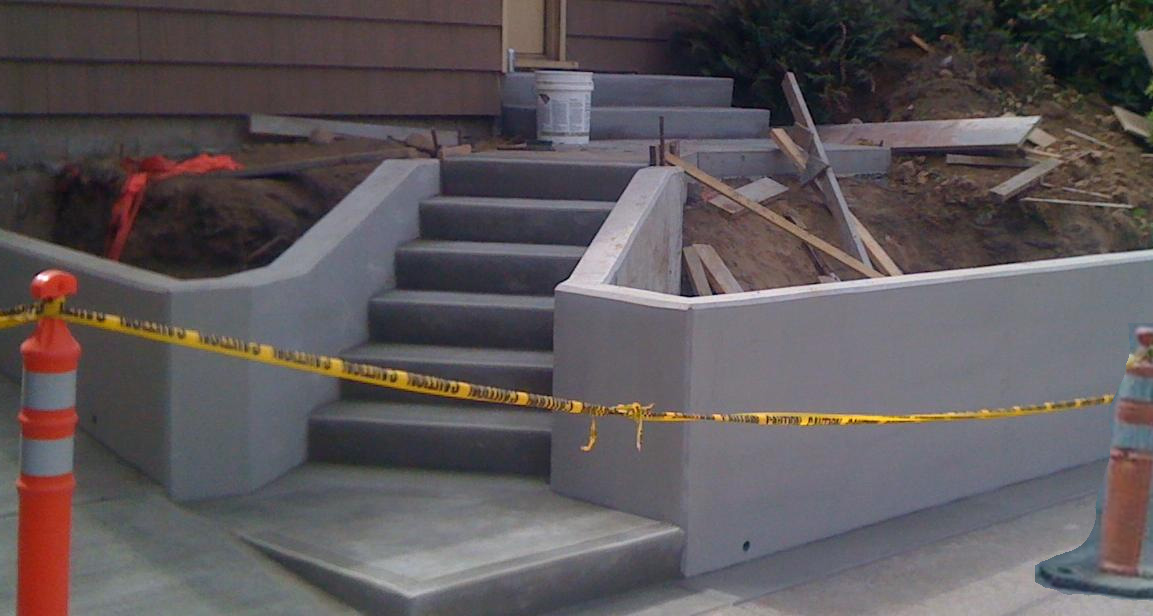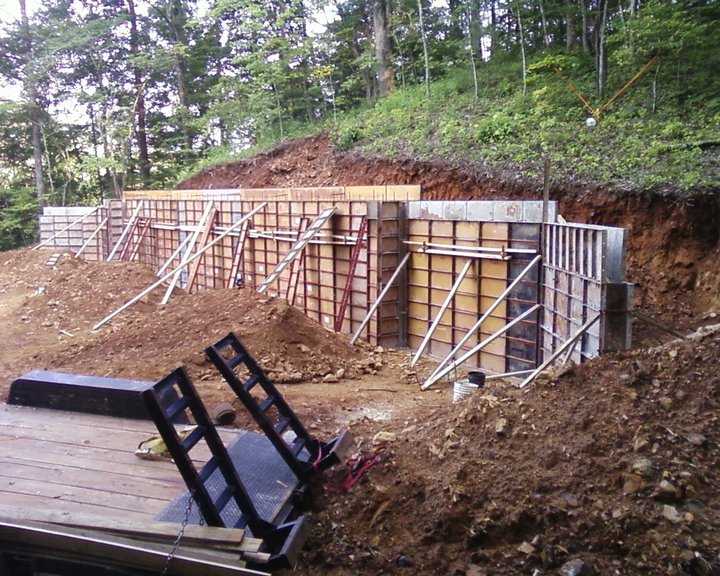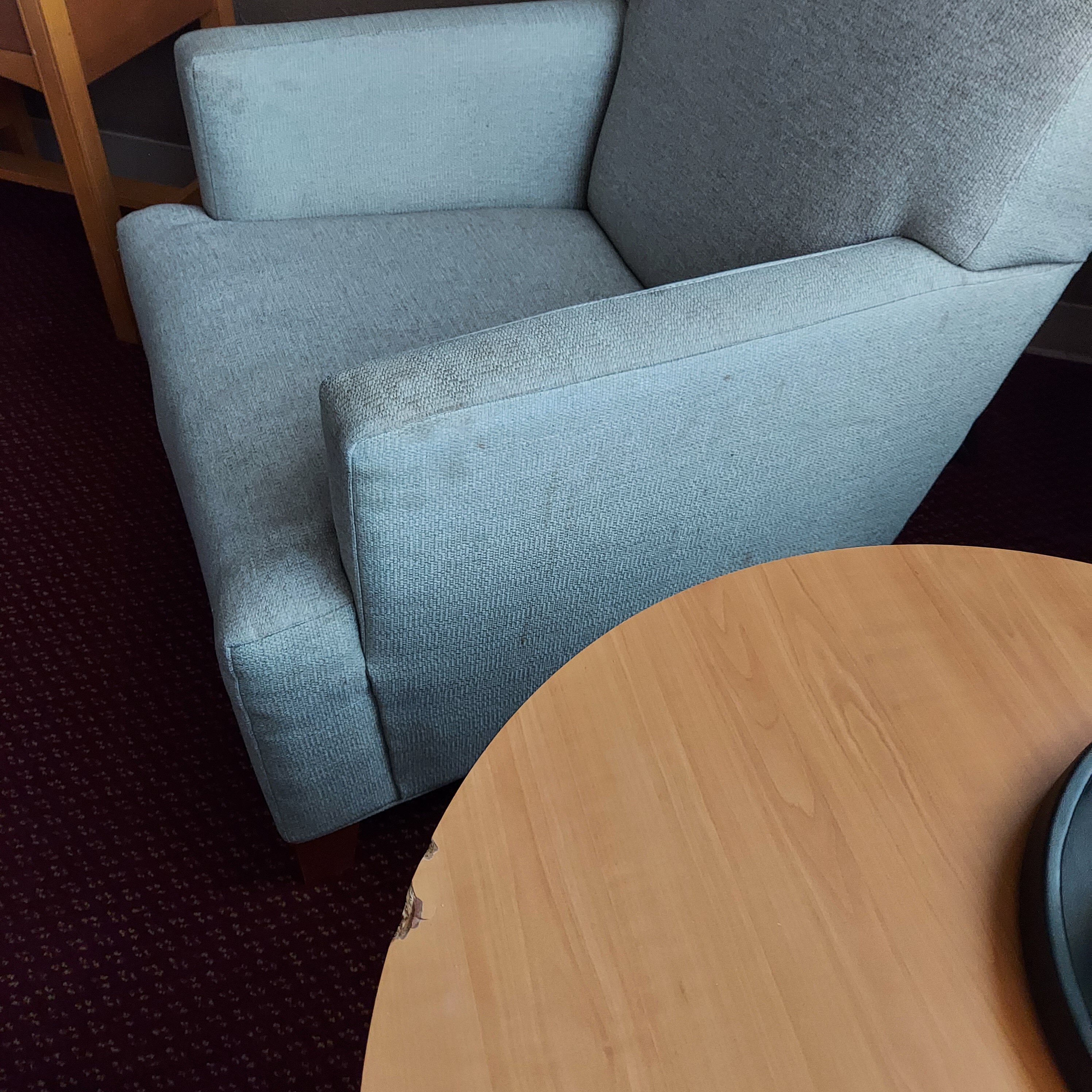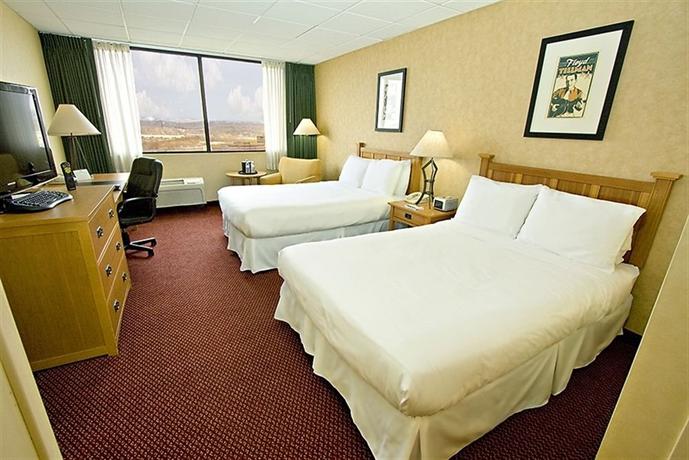Table Of Content
It has performed very well during months of testing in a flood-prone New Jersey basement. Each model was evaluated on setup, effectiveness, ease of use, features, and design. Positively, customers valued the moisture absorber boxes’ simplicity and ease of use. They added that the boxes were effective for smaller spaces such as closets or vehicles.
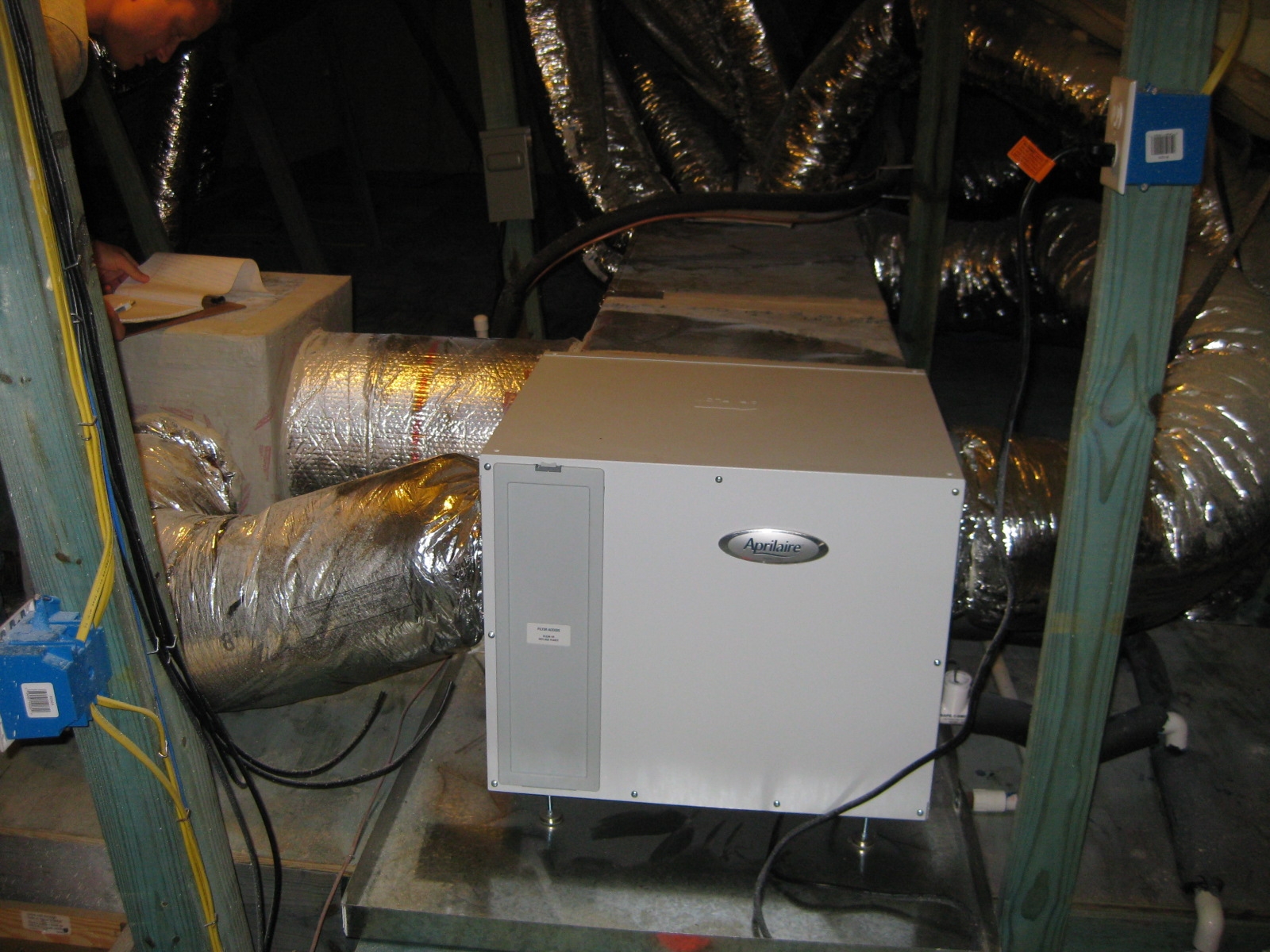
Midea 50-Pint Cube Dehumidifier
You should choose your dehumidifier size depending on the humidity of the space. “Dehumidifiers remove excess moisture which addresses the conditions in which mold spores thrive,” explains Bergman. If you have mold currently in your home, “mold remediation is necessary to address existing mold problems,” adds Olsen. The room type and size of the room that you’re shopping for is important to keep in mind when browsing through dehumidifiers. The only downside of this dehumidifier was that its plug kept falling out of our power strip, and it was somewhat bothersome to have to regularly replug in the machine.
What Size Dehumidifier Do I Need?
The models in our lineup are well suited for several excess-humidity situations. Still, it’s always a good idea to consult with an HVAC specialist before purchasing one to ensure it’s correctly sized for a specific heating and cooling system. All of the Midea Cube dehumidifiers have an Energy Star Most Efficient rating, thanks in part to their use of the R-32 refrigerant (which also has a lower global warming potential than its predecessor, R-410A). That said, keep in mind that all dehumidifiers consume considerable power when their compressors are running, namely when they are removing moisture from the air. For models that had built-in pumps, we also considered how efficiently they drained into sinks or tubs. Similarly, we monitored models with continuous drainage to ensure they emptied properly.
A Compact Option Great For Laundry Rooms Or Bathrooms
If you opt to use the built-in pump, you can easily position the drain line to empty into a sink, toilet, or tub. This model also has a continuous drain option, but it does not come with the drain hose, so you will have to purchase that separately if you have a floor drain or other regular disposal point. We tested it in a 10 x 10 bedroom in Brooklyn, New York, and we loved that it made a noticeable improvement in just a few minutes. In fact, on a particularly hot day, the humidity decreased from 77 to 65 percent in about an hour. We initially used this dehumidifier in a basement and moved it to our garage to help make the space usable for projects and working out during the summer.
Testing the Best Dehumidifiers for Basements of 2024 - Reviewied by Bob Vila - Bob Vila
Testing the Best Dehumidifiers for Basements of 2024 - Reviewied by Bob Vila.
Posted: Mon, 05 Feb 2024 08:00:00 GMT [source]
When full, it will automatically shut off and a light will flash on to indicate it needs to be emptied. If you don’t want to empty the tank yourself, most dehumidifiers come with an attachable hose, so the device continuously drains while in use. However, unless you have the option of a nearby water drain in the floor, you may need a pump to push water to a sink or out a window. Dehumidifiers with a drain hose are great for use in large, high-humidity rooms since you won’t have to deal with emptying a heavy water tank multiple times a day.
In addition to a nice design, we found that it did a great job at whisking moisture away and, after the very first use, the air became noticeably drier. Plus, it has a handle and four small wheels that make it easy to move around. Dehumidifiers remove moisture from the air and can make a room feel less humid. However, they don’t cool the temperature of the air — although the effect of the reduction in the moisture level can make it feel as though it’s cooler. In fact, a dehumidifier will produce heat while it’s working, which may slightly increase the room temperature. Medium-sized models, on the other hand, have been reduced from 50 pints to 30 pints capacities.
Honeywell 30-Pint Dehumidifier
It comes with a clear water bucket with a large handle, practical LED display, and has a low-profile, attractive design. If your humidity level is on the lighter side, Frigidaire offers an even smaller 22-pint-capacity version for $229. If you've got high humidity to fight, the larger 60-pint version for $499 (before sales) might be the best option for you. This feature-rich GE came out on top for performance and versatility in our tests, making it the best choice for most situations. For starters, our testers were impressed by how effectively the 50-pint unit pulled water from the air, especially on its highest fan setting.
It’s safer to use bathroom exhaust fans or to simply keep bathroom doors open to let the air equalize with the humidity in the rest of the home. However, to access the bucket, you have to lift off the upper compressor unit, which weighs 38 pounds, and a full bucket itself weighs 40 pounds. If that task would be difficult for you, draining the Cube passively via a hose is an option, or you might look to our other recommendations, which require less lifting. The Energy Star Most Efficient–rated, Wi-Fi–equipped Midea 50 Pint Cube is unique among 50-pint dehumidifiers in that it can collect 4.25 gallons of water—twice the typical amount. Capable performance plus remote monitoring via an app make this model attractive for out-of-the-way areas, but judging from our experience, some Frigidaire dehumidifiers last only a few years.
Other Dehumidifiers We Tested
Although it has a smaller capacity, we appreciate its compact size and the full tank indicator light that alerts you when it needs to be emptied. Permanent basement dehumidifiers help maintain safe moisture levels and protect the space from mold and water damage. You’ll need to choose the dehumidifier size based on the size and moisture level of your basement.
Most portable dehumidifiers will be around 10 to 25 in height, length, and depth, which is small enough to fit inside a room without being an eyesore, but large enough to require thoughtful positioning. Since you’ll want to make sure your device can pull in as much air as possible while it operates, make sure it’s not hidden behind furniture or tucked away in a tight corner. When shopping for the best dehumidifiers, you’ll want to consider how large your room is, and how efficient the dehumidifier you’re considering will be at reducing moisture in a space of that size. Dehumidifiers come with the appropriate room size clearly stated, and this can be as small as 150 and as large as 4,500 square feet.
It is not programmable and doesn’t have any special features or settings, but we appreciate how simple this model is to use. It does have two indicator lights, one to tell you that the unit is on and the other to tell you that the tank is full. Our only concern with this dehumidifier is that it started showing signs of mildew growth much faster than other models in our list. We recommend cleaning the water tank whenever you empty it to help combat this. We suspect that this is because of the fan that sits directly on top of the dehumidifier, which takes in much more air than other models that don't have an external fan. Despite this dehumidifier's weight, it is relatively easy to move between areas of your home (at least on the same level of a home) thanks to wheels and a collapsible handle that functions similarly to a suitcase handle.
It was easy to remove the top control panel of the unit when we needed to empty the water tank. Instead of a bucket that slides out and needs to be carried, you can simply roll the water tank to a sink, saving you from having to carry a sloshing water tank. If you’re able to, “monitor the humidity levels using a hygrometer and adjust the dehumidifier accordingly,” suggests Olsen.
The first thing I noticed when testing out this device was the relatively compact size of it. Small enough to fit discretely in the corner of our living room, it was easy to set it up, turn it on and forget about it. According to the experts we consulted, a common mistake shoppers make is buying the wrong size unit. While some go with a smaller dehumidifier because it’s cheaper, they quickly learn that they need to invest in a second option in order to get the job done.
Here’s the best dehumidifiers you can buy right now based on our comprehensive online research. Purchasing a whole-house dehumidifier can be quite an investment, and shoppers might have some additional queries. Check out the most commonly asked questions and their answers below to help you make your decision. Laundry rooms can also get damp, and enclosed porches and garages can be a problem because they tend not to be sealed as well from the outside elements as the rest of a home; they may also benefit from dehumidification. That said, connecting the Midea app can be buggy, the wireless connectivity works only with 2.4 GHz networks, and Midea customer service gets lousy reviews—though we’ve found that to be true for most dehumidifier makers. If you’ve ever used the words musty, muggy, dank, fuggy, wet, mildewy, or the dreaded moist to describe the air in your home, you may get relief from a dehumidifier.

